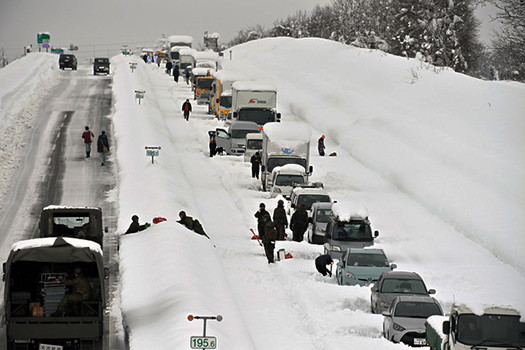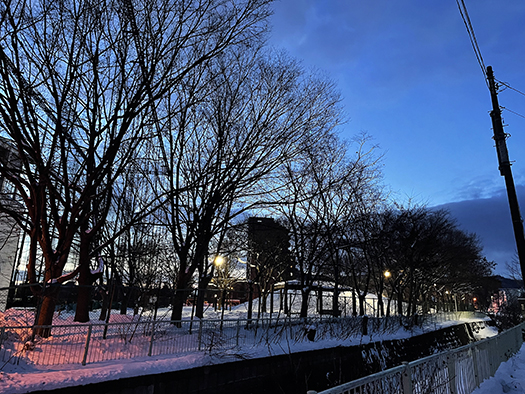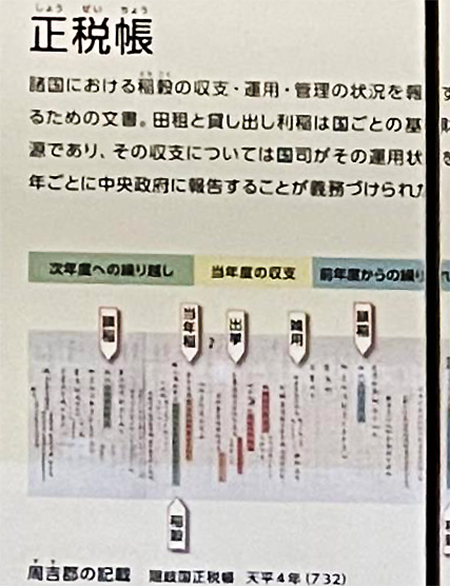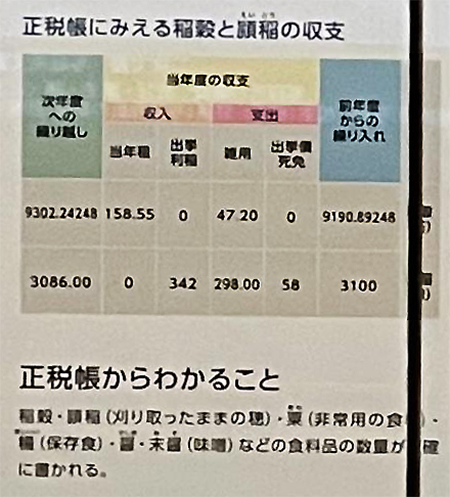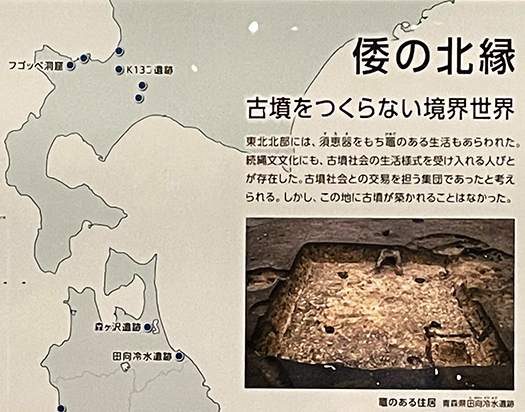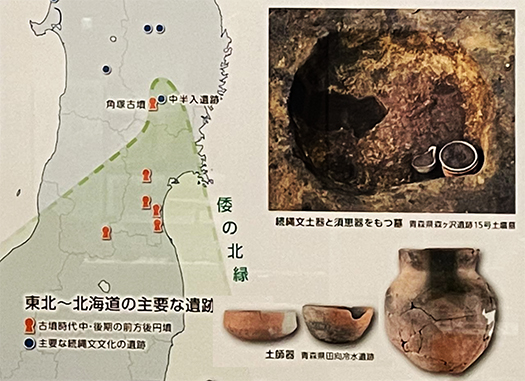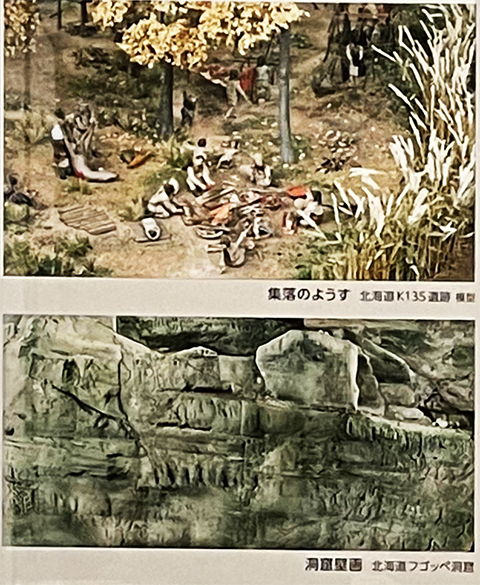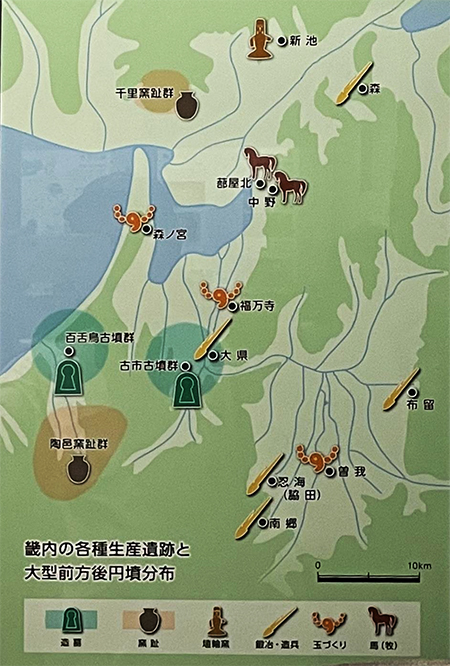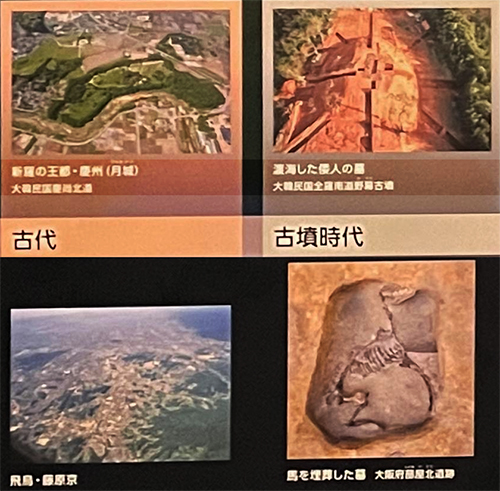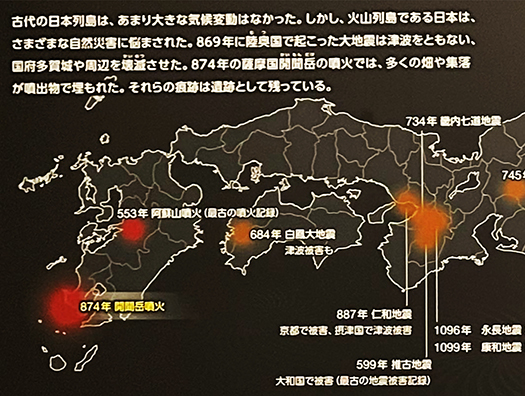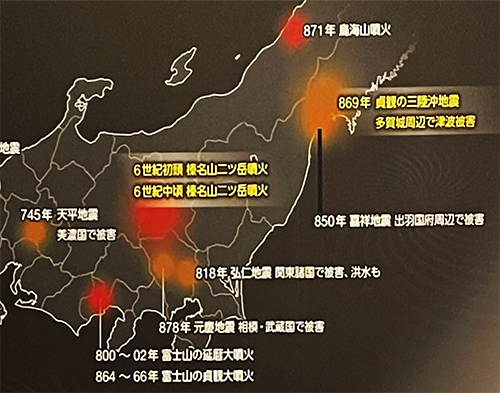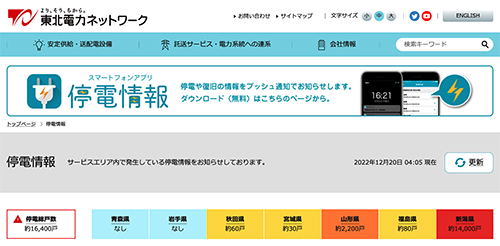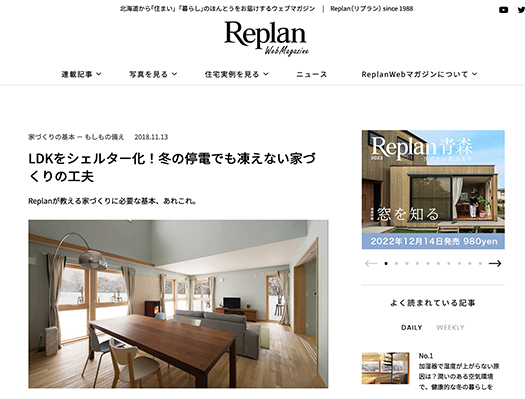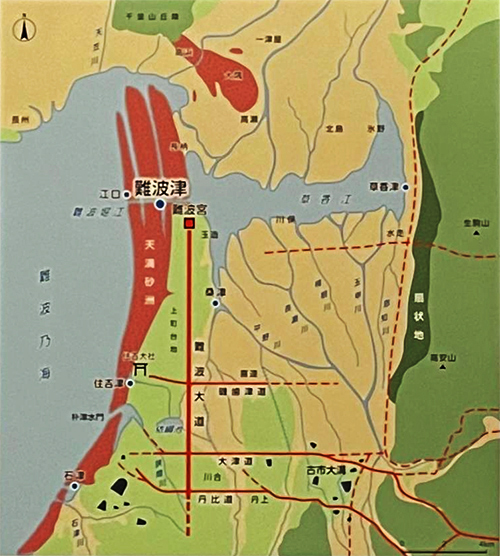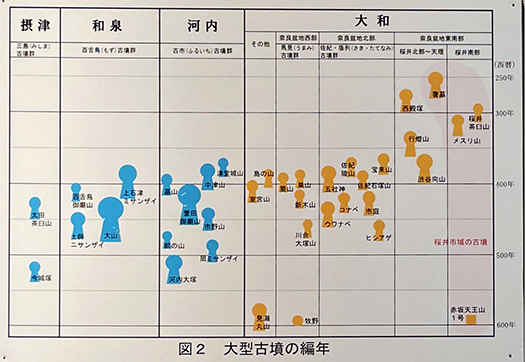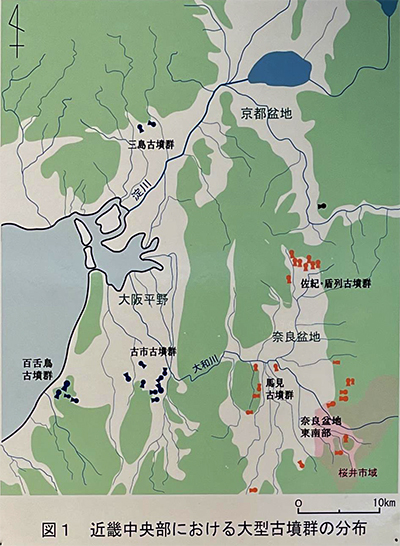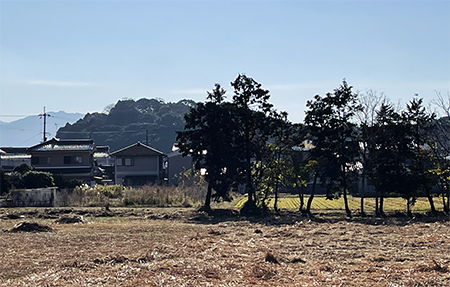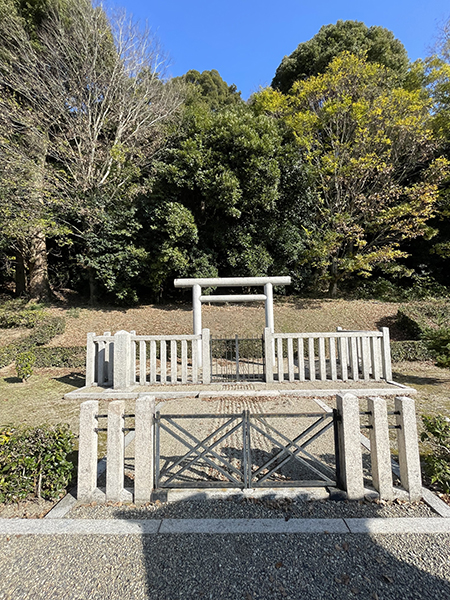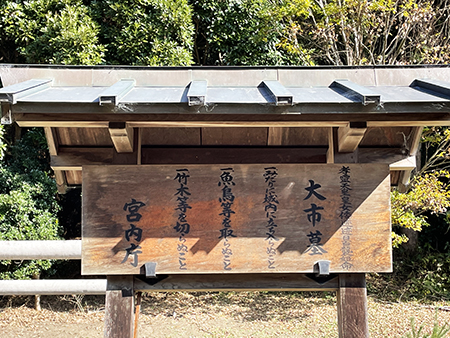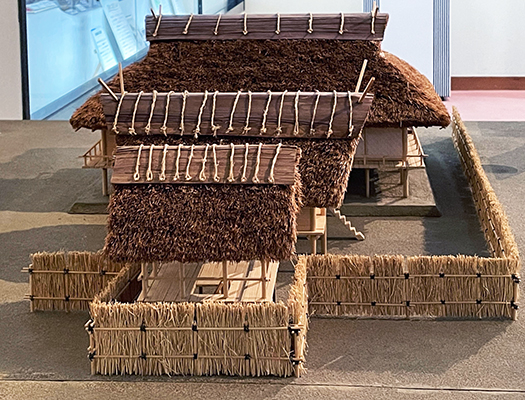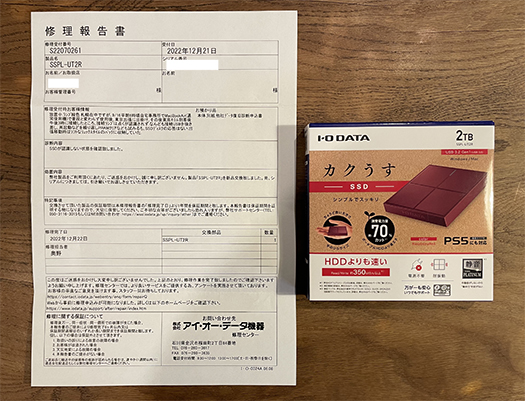
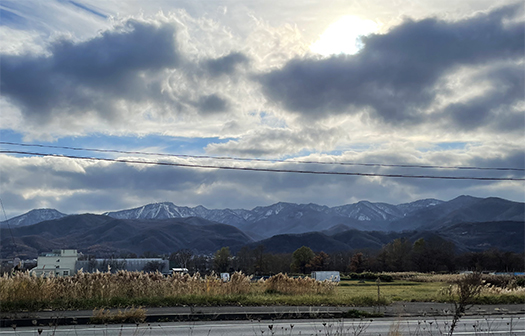
9/16 外付けSSDトラブルが出張中に発生。
Macの電源ケーブルを荷物に入れるのを忘れたのでカミさんに依頼して至急、
宿泊先ホテルまで送ってくれるように依頼した。一方到着するまでの2日間
仕事するのに「代替電源」を上野の電気ショップで購入した。
電気ショップの店員さんの言うままの機種。
それでホテルに入って外付けHDを接続させた。
Macの方は問題なく起動していたけれど、外付けSSDが認識されない。
最近のMacは本体の記憶領域が小さいので
過去データを含めて外付けドライブにほぼ環境保存している。
そのデータが認識されないのでは、身動きできない。
やむなく、以下のような対応を行った。
1 秋葉原で外付けSSD、USB-C接続のものを購入する。
2 Macに接続して新規の「写真データバック」保存箇所として設定する。
3 iPhoneに保存の写真類を読み込ませる。
4 当面の取材とブログ表現として活用。
ただし既存SSDのバックアップに復元させる手段も要確認。
5 外付けSSDについてはたぶん電気的「物理」ショックが原因と思えるので、
帰宅後、安定した既存環境に戻せば復活する可能性があり、
ダメでも札幌のデータ復旧センターで対応してもらった方が安心。
秋葉原のデータ復旧センターでは時間が掛かったときに遠距離になって困難。
で帰還後札幌で復元作業を依頼。・・・ところが数日で復旧困難の返答。
しかたなくSSD本体のメーカーに復元の依頼。
そこから2ヶ月以上のスパンがあって、最近結論。
12月24日データ復元は不可能ということで交換したSSDが届いた。
やはり電源トラブルの可能性が高いということで、昇天。
3年程度の個人的取材写真データの消失。まぁいろいろな思いが沸くけれど
それを詮索していても得られることは枝葉末節のことばかり。
やむを得ない。人生にはいろいろな不可抗力が働く。
今後の対応としてはクラウド利用か。ただ大量では高コストなので絞る必要。
そのためのデータ取捨選択作業は時間という、より大きなコストがかかる。
仕事的データは当然、都度社内netに外化するので大きなトラブルはない。
あってもなんとか対応していくことは可能。
なので、現実的には引き続き注意深く外付けドライブを使うことになる。
自分とITの折り合いはそんな現在状況かなぁと。
しかし今回の経験から人間とテクノロジーの関係について気付きもあった。
情報についての価値判断が自分自身の高齢化によって
大きく変換するのだと言うこと。端的には「ま、しょうがない」と
諸行無常観が襲ってきて、達観せざるを得ないということ。
ITはそういった心理からは遠い存在だと思っていたけれど、
そういう感覚も含めていくようになる、という気付きでしょうか。
人間のやることなので、受容して先を向いていくしかないのでしょうね。
今年起こったことが今年中に決着してよかった、みたいな清々しさもある。
English version⬇
External SSD data loss – IT-esque “all things are possible”…
I was surprised at the loss of data in an instant. I tried everything, but I can’t turn back the flow of the river.All worldly things are transitory…. IT’s all action is impermanent.
9/16 External SSD trouble occurred during business trip.
I forgot to put the power cable for my Mac in my luggage, so I asked my wife to send it to the hotel where I was staying as soon as possible.
I asked my wife to send the cable to the hotel where I was staying as soon as possible. On the other hand, I had to wait for 2 days until I arrived at the hotel.
I bought an “alternative power supply” at an electronics store in Ueno, Tokyo.
I bought the model that the clerk at the electronics store told me to buy.
So I went into the hotel and connected the external HD.
The Mac started without any problem, but the external SSD was not recognized.
Recent Macs have a small storage space in the main unit.
I have saved most of the environment data including past data on the external drive.
If that data is not recognized, I can’t move around.
We had no choice but to take the following measures.
1 Purchase an external SSD with USB-C connection at Akihabara.
2 Connect it to the Mac and set it as the new “photo data back” storage location.
3 Load the photos stored on the iPhone.
4 Use it for the time being for coverage and blog expression.
However, make sure there is a way to restore to the existing SSD backup.
5 As for the external SSD, it is probably due to an electrical “physical” shock.
There is a possibility that it can be restored if it is restored to a stable existing environment after returning home.
Even if it is not possible, it is safer to have the data recovery center in Sapporo deal with the problem.
It would be difficult to recover the data at the data recovery center in Akihabara because of the long distance when it took a long time to get there.
Therefore, we requested the restoration work in Sapporo after returning to Japan. However, they replied that it would be difficult to recover the data in a few days.
We had no choice but to request the manufacturer of the SSD to restore the data.
After more than 2 months of waiting, they recently came to a conclusion.
On December 24, we received the replaced SSD because data recovery was impossible.
The possibility of power supply trouble was still high, so I ascended to heaven.
Loss of about 3 years of personal interview photo data, etc. Well, many thoughts come to mind.
But I can’t help but feel that I can’t get anything from prying into it.
It is unavoidable. In life, there are various force majeure.
The future solution is to use the cloud. However, it is necessary to narrow down the number of data because a large amount of data is too expensive.
The data selection process for that purpose is time-consuming and costly.
Naturally, work-related data is externalized to the company’s internal network on a case-by-case basis, so there are no major problems.
Even if there is a problem, it is possible to handle it somehow.
So, in reality, I will continue to use external drives with care.
I think that’s how I see the relationship between myself and IT at the moment.
However, this experience also made me realize something about the relationship between humans and technology.
I realized that my value judgments about information will change dramatically as I age.
I think that at some point, our value judgments about information will be greatly transformed by our own aging. In short, “Well, that’s just the way it is.
I think that IT is far away from this kind of mentality.
I used to think that IT was far away from this kind of mentality.
I guess I have come to realize that IT is far away from that kind of mindset, but I will come to include that kind of feeling in my work.
I guess we just have to accept it and look ahead, because it is a human thing to do.
There is a refreshing feeling of being glad that what happened this year was settled by the end of this year.
Posted on 12月 26th, 2022 by 三木 奎吾
Filed under: Mac.PC&DTP | No Comments »


